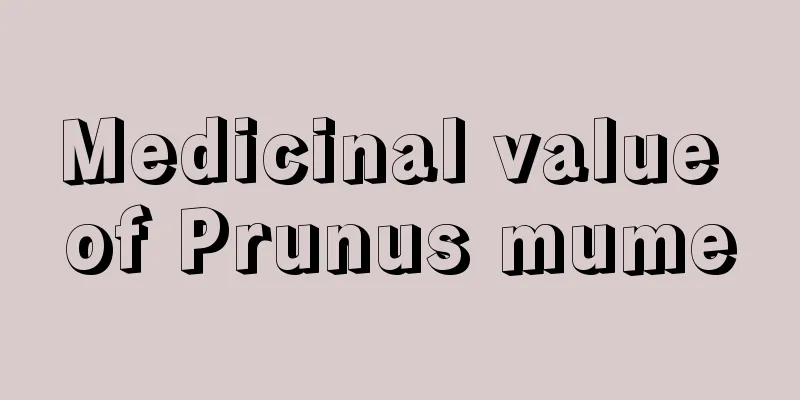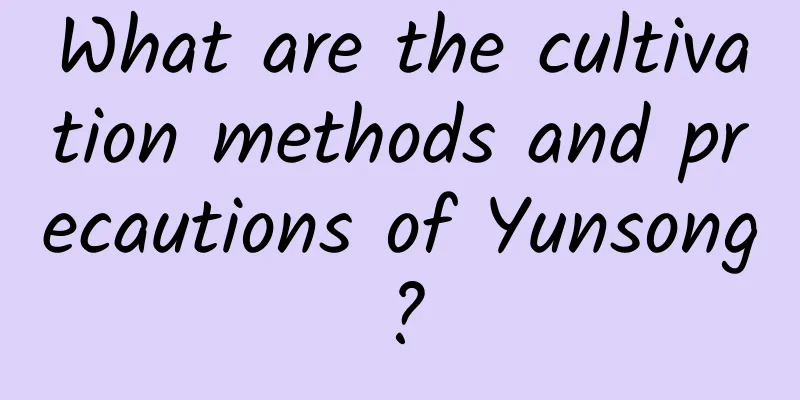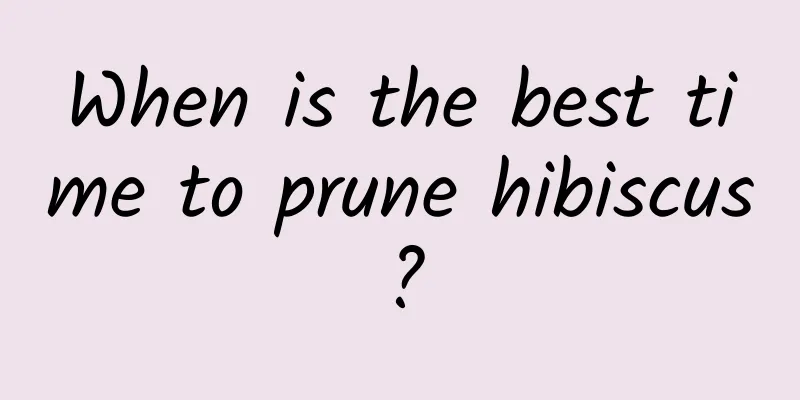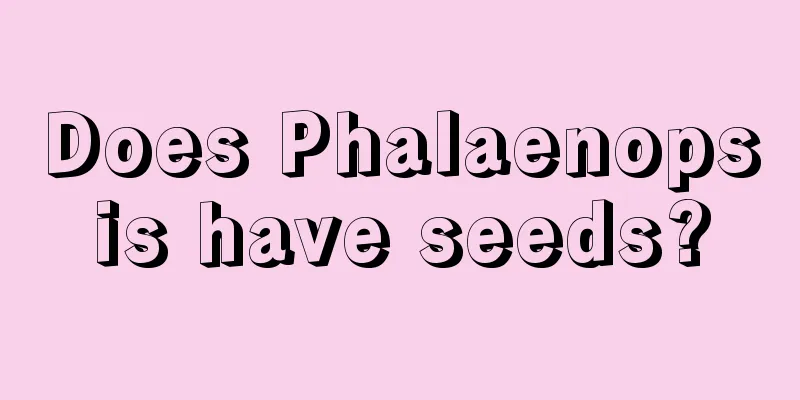When and how to whitewash fruit trees

|
Whitewashing fruit trees is an important measure for winter cleaning of orchards , which can prevent fruit tree pests from overwintering and protect fruit trees. Below, the editor will introduce the time and method of whitewashing fruit trees. Let’s take a look. 1. Whitening time Tree trunks can be whitewashed from late November to mid-February of the following year. During this period, the winter temperature is low and cold air sinks, making the tree trunks most vulnerable to frost damage. Some pests and pathogens hibernate in the cracks and peeling of the tree trunk surface. Whitewashing the tree trunks at this time can reduce the base number of disease and insect occurrences in the following year and reduce the workload of disease and pest control in the following year. 2. Whitening area The height of whitewashing is 1-1.5 meters from the ground, and the focus should be on whitewashing the root neck of the tree trunk. Large trees with incomplete crowns, diseased trees, and the south side of the trunk should be painted white. Do not paint ordinary branches or branches of the current year white to avoid burning the bark. 3. Whitening method 1. Prevent frost damage For fruit trees such as mandarin oranges, sweet oranges, and grapefruits, which are mainly protected from frost, applying whitewash before frost damage comes is one of the effective methods of frost protection. This is because, during winter freezing damage, especially when frost comes, the cold air sinks and the tree trunks are the first to be frozen. During the frost damage period, the frost damage is often more serious due to the large temperature difference or large temperature fluctuations. Because the temperature is higher before the low temperature comes, the fruit trees are in a shallow dormancy and have poor cold resistance, so they cannot adapt to the sudden drop in temperature. Whitewashing the tree trunks in winter can reflect sunlight on sunny days, reduce the temperature difference between day and night on the trunks, and prevent or reduce frost damage. 2. Prevent overwintering pests and diseases The peeled bark within 50 cm from the root neck to the main trunk of the fruit tree should be scraped off and whitewashed in time after scraping. Before whitewashing fruit trees that are prone to cracking and peeling bark, it is better to scrape the trunks of trees that are more than 10 years old. Generally, the old bark on the main trunk and branches is scraped off from late November of the current year to mid-February of the following year. Pear trees can be scraped heavily, while chestnut trees can be scraped lightly. Peaches, plums and apricots are prone to gum flow and should be scraped with caution. Applying whitewash can effectively prevent pests from using cracked bark to lay eggs and pupate, and kill pests and pathogens attached to the bark. It also has the effect of preventing frost and sunburn. IV. Precautions 1. The whitewash agent should be used as soon as it is prepared. It is not advisable to prepare too much. The amount of whitewash agent should be prepared according to the whitewashing task. The prepared whitewash agent should not be stored for a long time. 2. In the process of preparing the whitewash, each time you add an ingredient, you should stir it thoroughly to make it uniform so that the whitewash can stick evenly to the tree trunk. 3. Before whitewashing the orchard, the orchard should be pruned in winter first, then the cut branches should be gathered together and burned, and the broken, frozen and other injured parts of the trunks should be wrapped with plastic film. 4. Observe whether harmful insects have invaded the tree trunk. If so, use cotton or cotton cloth soaked in medicine to kill the insects before whitewashing. 5. When painting, use a brush or straw handle to dip into the whitewash. Choose a sunny day to evenly whitewash the base of the main branches and the trunk. The whitewashing height should be 1-1.5 meters from the ground. If an old tree is to be renewed with exposed bones, the whitewashing position should be raised to protect it from sunlight, or the whole tree should be painted white. The above is the time and method for whitewashing fruit trees. Whitewashing of fruit trees needs to be completed before the cold air invades. If whitewashing is too late, the pests have already completed their upward and downward migration and cannot play a barrier role, so it is generally more appropriate to do it in November and December.
|
<<: When to fertilize lavender and how to fertilize lavender
>>: How to propagate lavender? How many plants can be planted in one pot?
Recommend
How to grow spiderwort so that it can bloom
1. Proper watering When growing spiderwort, you s...
How to grow hibiscus in autumn
1. Suitable temperature The most suitable tempera...
The rapid rooting method of cuttings of seven-leaf lotus The rooting method of cuttings cultivation
Seven-leaf lily grows in the forest and can also ...
What medicinal herbs are best grown in Sichuan? What precious Chinese medicinal herbs are produced in Sichuan?
Sichuan is a place rich in Chinese medicinal mate...
Can mint prunings survive? How to propagate the cut branches and leaves?
Can mint cuttings be planted alive? Mint cuttings...
How to grow golden-edged spider plants to make them more vigorous
1. Control light intensity Chlorophytum comosum n...
What to do if the yew is frozen
1. Keep warm 1. If it is frostbitten, take immedi...
Don’t throw away the cut onions, you will be delighted if you can turn them into three at once. It’s super easy!
Steps to grow onions Image source: Things About F...
What should I do if the gardenia buds don’t bloom for a long time?
1. Pruning If gardenias are not pruned at the app...
How to grow zebra flowers
1. Proper lighting It likes sunlight, but is afra...
I put the succulent in the refrigerator and it turned redder and then 5 heads popped out!
Throw the succulent into the refrigerator and its...
Heather growth environment conditions and characteristics
Heather growth environment conditions and require...
Is blue snow flower easy to raise?
The blue snow flower plant is very easy to grow. ...
Cultivation methods and precautions of wood fragrance
1. Maintenance methods 1. Temperature: In compari...
Planting technology of Fraxinus chinensis
1. Planting time The time for planting at home sh...









